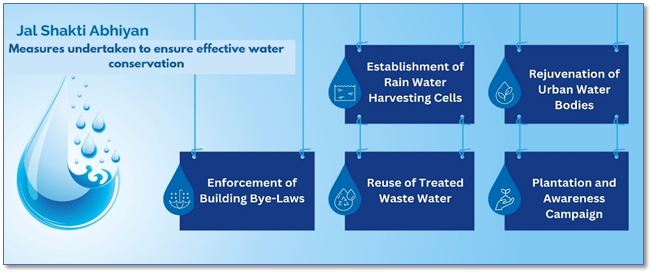Chhattisgarh Switch to Hindi
Chhattisgarh Celebrates Water Conservation Week
Why in News?
The Chhattisgarh Government celebrated Water Conservation Week under the ‘More Villages, More Water’ campaign.
Key Points
- ‘More Villages, More Water’ Campaign:
- It aims to promote water conservation practices at the village level, emphasizing community participation and sustainable water management.
- The campaign is linked to the broader Jal Shakti Abhiyan and encourages activities like rainwater harvesting, groundwater recharge, and efficient irrigation methods.
- Other Water Conservation Initiatives:
- Jal Shakti Abhiyan (JSA):
- "Catch the Rain" Campaign:
- In 2021, the government launched Jal Shakti Abhiyan: Catch the Rain (JSA: CTR) with the theme "Catch the Rain – Where it Falls, When it Falls."
- This phase expanded the campaign to all blocks in both rural and urban areas across the country.
- Jal Shakti Abhiyan: Catch the Rain 2025
- On World Water Day (22nd March 2025), Jal Shakti Ministry launched JSA: Catch the Rain 2025.
- Theme: “Jal Sanchay Jan Bhagidari – Jan Jagrukta Ki Or” (Water Conservation through People's Participation and Public Awareness).
- The campaign will be implemented from 22nd March to 30th November 2025, with a focused emphasis on the pre-monsoon and monsoon seasons.
- The campaign targets 148 districts identified by the Central Ground Water Board (CGWB) as critical for water conservation.
- The 2025 edition emphasises deeper grassroots participation, inter-sectoral convergence and innovative financing mechanisms.
- Khandwa in Madhya Pradesh has emerged as the model district for the initiative.
- Key focus areas:
- Water Conservation & Rainwater Harvesting
- Geo-tagging & Inventory of Water Bodies; Scientific Planning
- Establishing Jal Shakti Kendras in All Districts
- Intensive Afforestation
- Public Awareness & Outreach Campaigns
World Water Day
- It aims to raise awareness about water conservation and its sustainable management.
- It was conceptualized at the 1992 Rio Summit and officially designated to be observed annually by the United Nations General Assembly (UNGA) in 1993.
- The day aligns with UN SDG-6: Ensuring water and sanitation for all by 2030.
- Theme (2025): ‘Glacier Preservation’
Central Ground Water Board (CGWB)
- About: The CGWB, established under the Ministry of Water Resource (now Ministry of Jal Shakti), is the apex body for managing, exploring, monitoring, assessing, and regulating groundwater resources in India.
- Established in 1970, CGWB was initially formed by renaming the Exploratory Tube Wells Organization and was later merged with the Ground Water Wing of the Geological Survey of India in 1972.
- The Central Ground Water Authority (CGWA), constituted under the Environmental Protection Act, 1986, regulates groundwater development to ensure its sustainability.
- Key Functions and Responsibilities: CGWB provides scientific expertise for groundwater management, including exploration, monitoring, and water quality assessments.
- It also implements schemes for artificial recharge and rainwater harvesting to augment groundwater levels.
- Scientific Reports: CGWB releases State and District hydrogeological reports, groundwater year books and Atlases.
Chhattisgarh Switch to Hindi
Niyad Nella Nar Initiative
Why in News?
Irkabhatti, located in Narayanpur district in Bastar division, was previously a village where basic needs, especially education, were unattainable due to the Maoist insurgency.
- However, through the state government’s ‘Niyad Nella Nar’ scheme, focused efforts have been made to improve education, connectivity, and infrastructure.
Key Points
- ‘Niyad Nella Nar’ Scheme:
- The Niyad Nellanar scheme is a Chhattisgarh government initiative focused on providing basic amenities and welfare benefits to Naxal-affected villages in the state.
- Niyad Nellanar, meaning “aapka achcha gaon” or “your good village” is the local Dandami dialect (spoken in south Bastar).
- The scheme aims to improve living standards by offering services for Particularly Vulnerable Tribal Groups (PVTGs).
- It focuses on delivering essential facilities like housing, healthcare, water, electricity, roads, and education within a kilometer radius of security camps.
- Families in these villages will receive free gas cylinders under the Ujjwala scheme, ration cards, irrigation pumps, free electricity, Anganwadi, and certificates of forest rights.
- The Niyad Nellanar scheme is a Chhattisgarh government initiative focused on providing basic amenities and welfare benefits to Naxal-affected villages in the state.
Pradhan Mantri Ujjwala Yojana (PMUY)
- The Pradhan Mantri Ujjwala Yojana (PMUY) is a flagship initiative aimed at providing clean cooking fuel (LPG) to rural and economically disadvantaged households.
- It was launched on 1st May 2016 in Ballia, Uttar Pradesh.
- The scheme targets families that previously relied on traditional fuels such as firewood, coal, and cow-dung cakes for cooking.
- Health and Environmental Impact:
- The use of traditional fuels posed serious health risks, especially for rural women exposed to indoor air pollution.
- It also contributed to environmental degradation due to deforestation and carbon emissions.
- Ujjwala 2.0 was launched in August 2021 as the second phase of the scheme.
Particularly Vulnerable Tribal Groups (PVTGs)
- About:
- A PVTG is a sub-classification of a Scheduled Tribe or section of a Scheduled Tribe that is considered more vulnerable than a regular Scheduled Tribe. The Indian Government created the PVTG list to improve their living.
- State-wise Distribution:
- There are 75 PVTGs in India, with the highest number—13—in Odisha, followed by 12 in Andhra Pradesh.
- There are 7 PVTGs in Chhattisgarh, who live in 17 of the state’s 33 districts.
- These are Kamar, Baiga, Pahadi Korba, Abujhmadiya, Birhor, Pando and Bhujia.
- While the first five tribes have been declared PVTG by the central government, the remaining two, Pando and Bhujia, have been given the tag by the state government.
- Article 342(1): The President with respect to any State/UT (after consultation with the Governor in case of state) may specify the tribes/tribal communities/part of or groups within tribes/ tribal communities as a Scheduled Tribe in that State/UT.
- Parliament may by law include in or exclude from the list of STs specified in a notification issued under article 342(1) any tribe or tribal community or part of or group within any tribe or tribal community, but save as aforesaid a notification issued under the said clause shall not be varied by any subsequent notification.


.png)



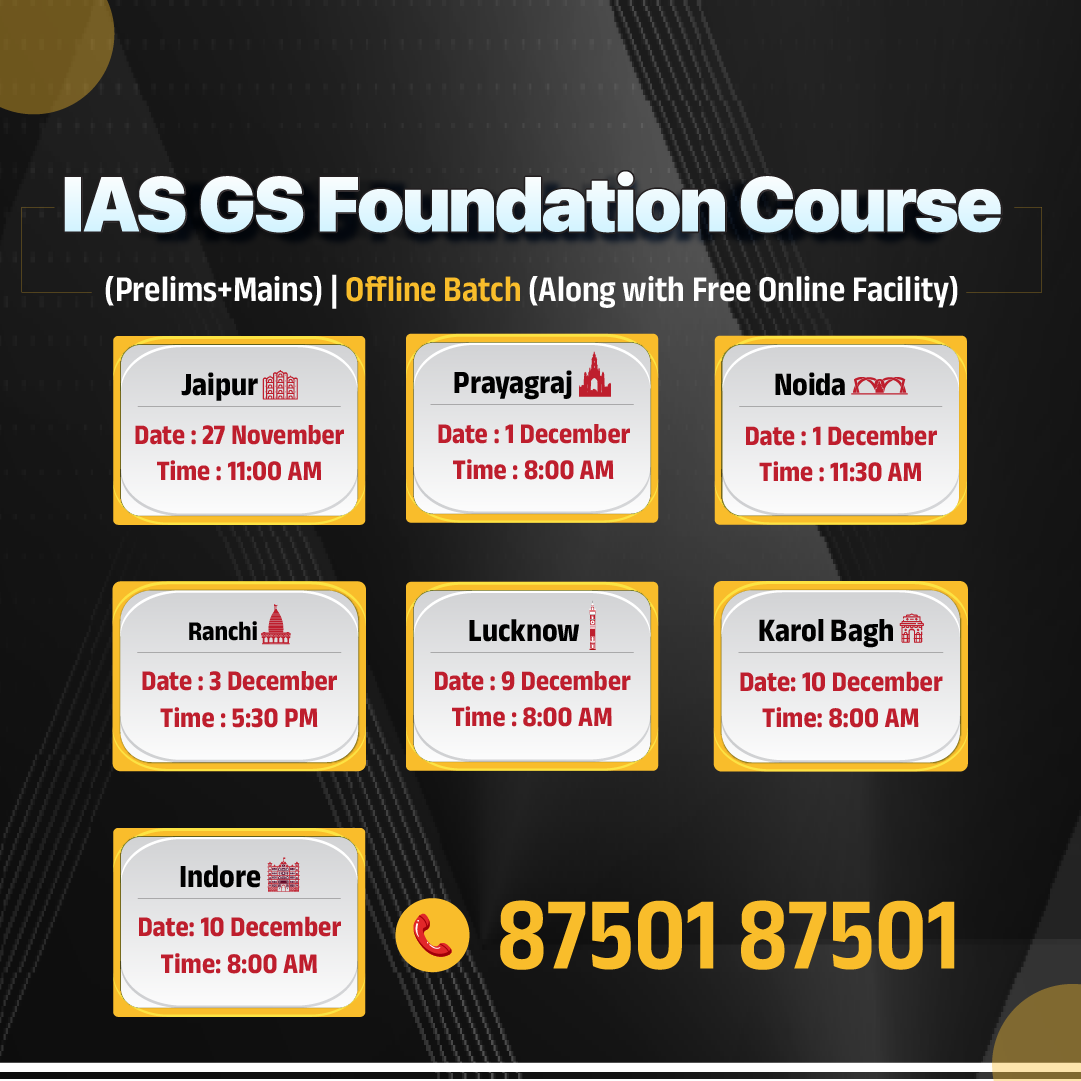
.jpg)
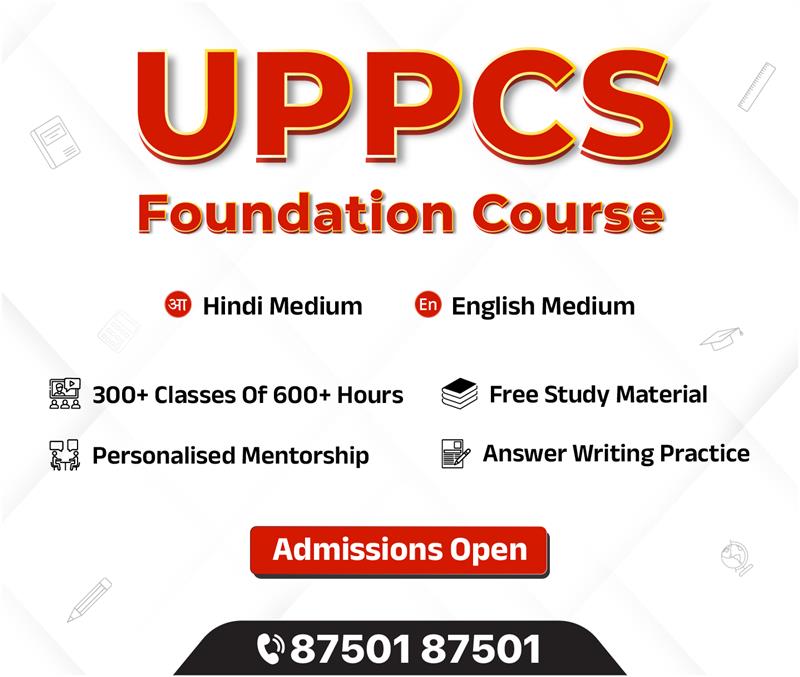



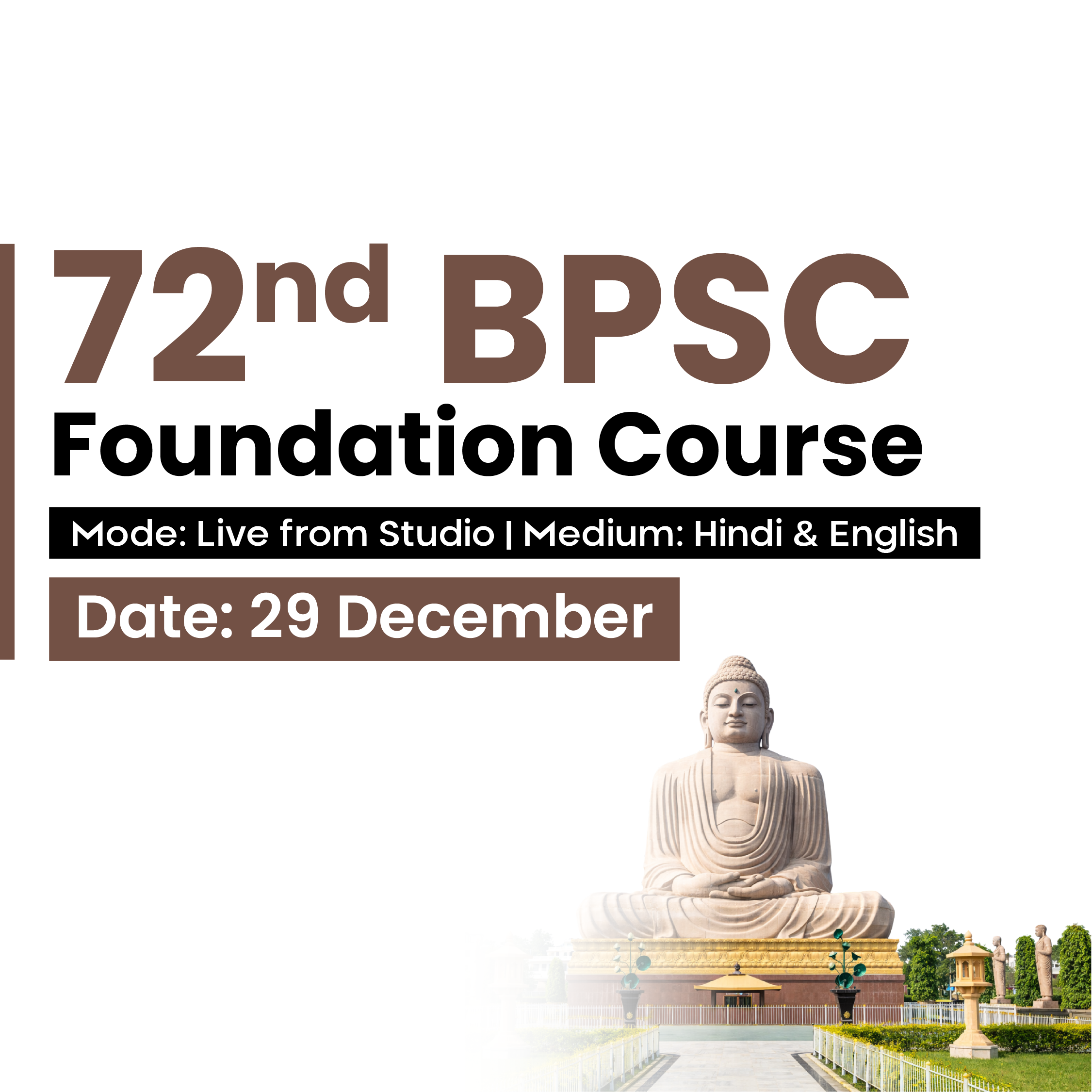

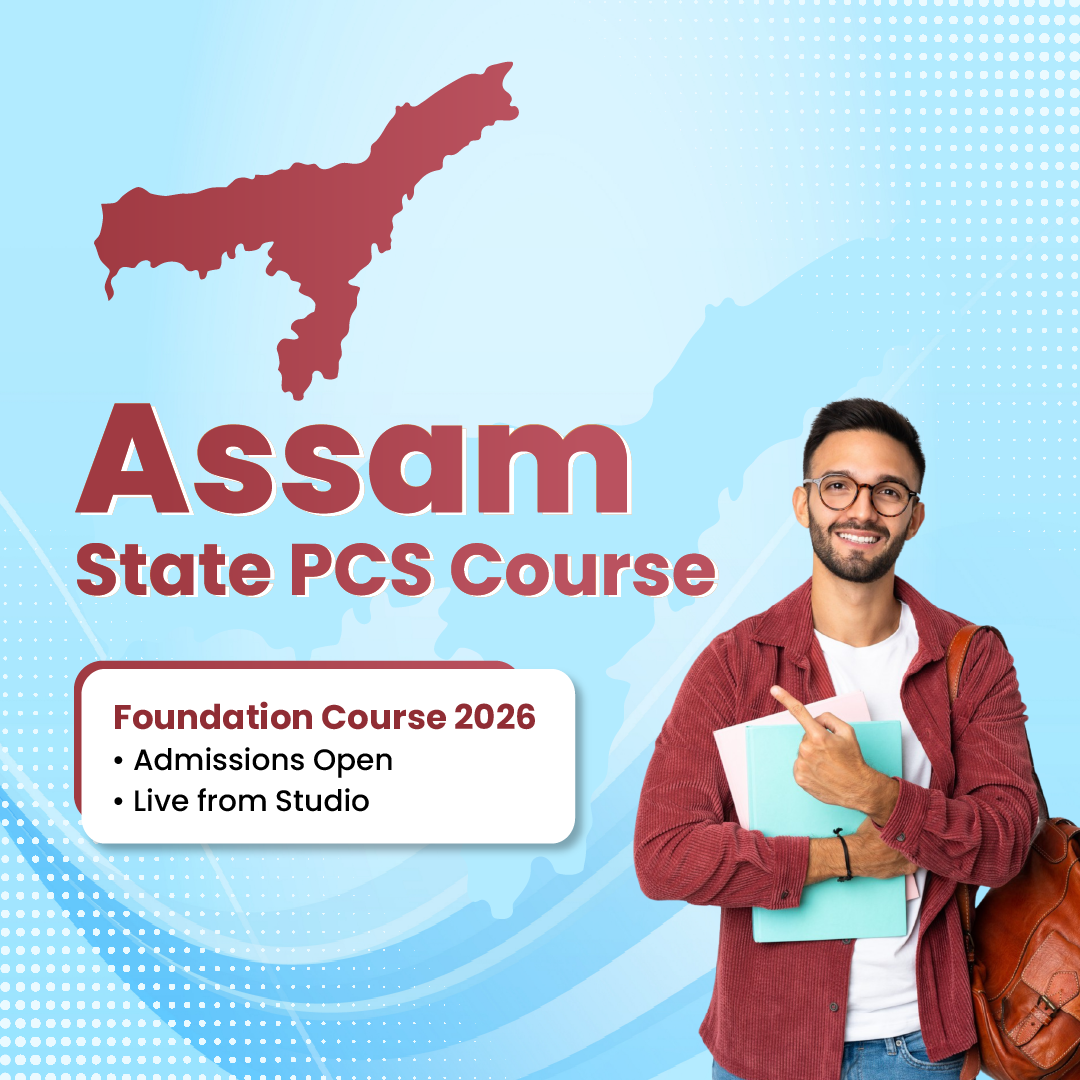

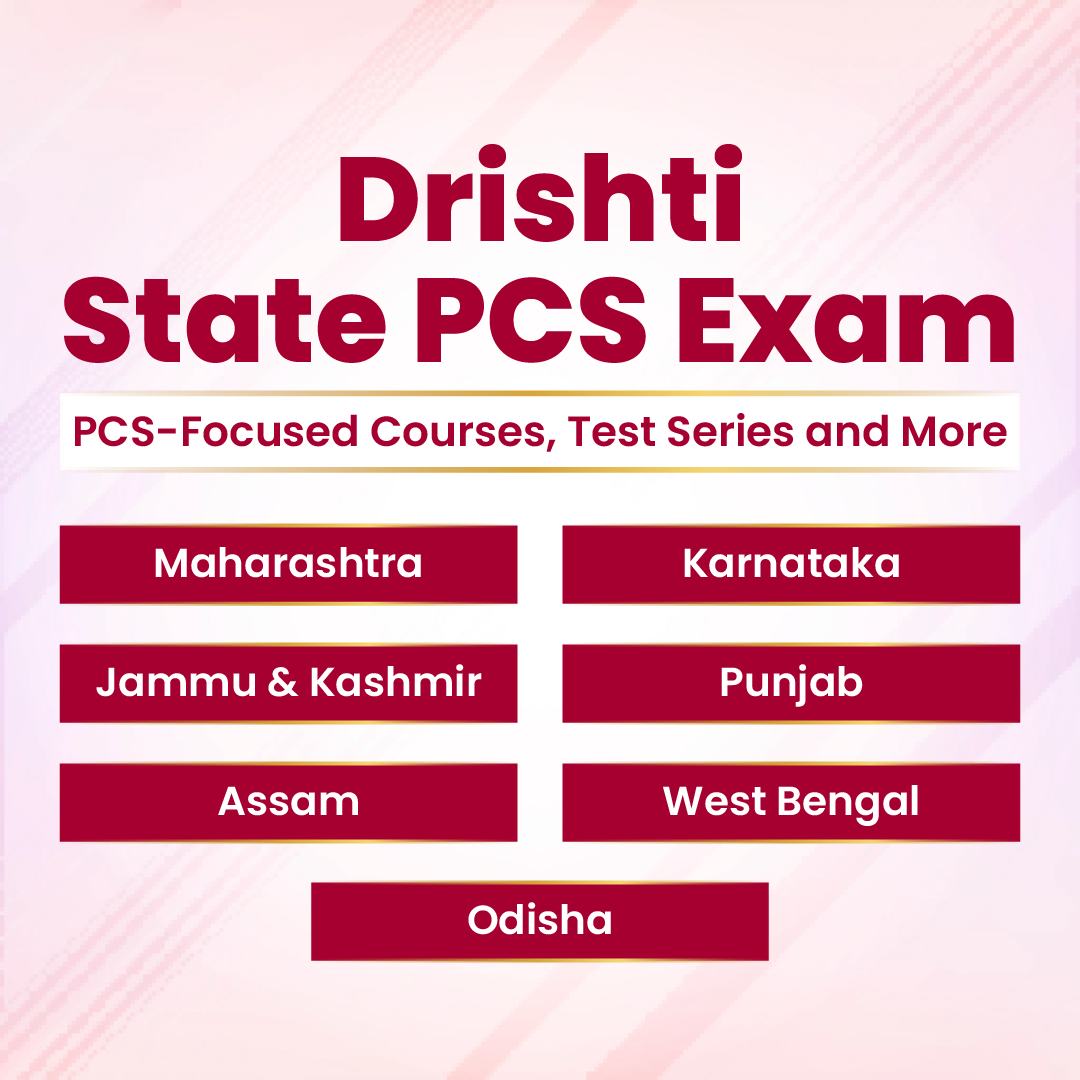

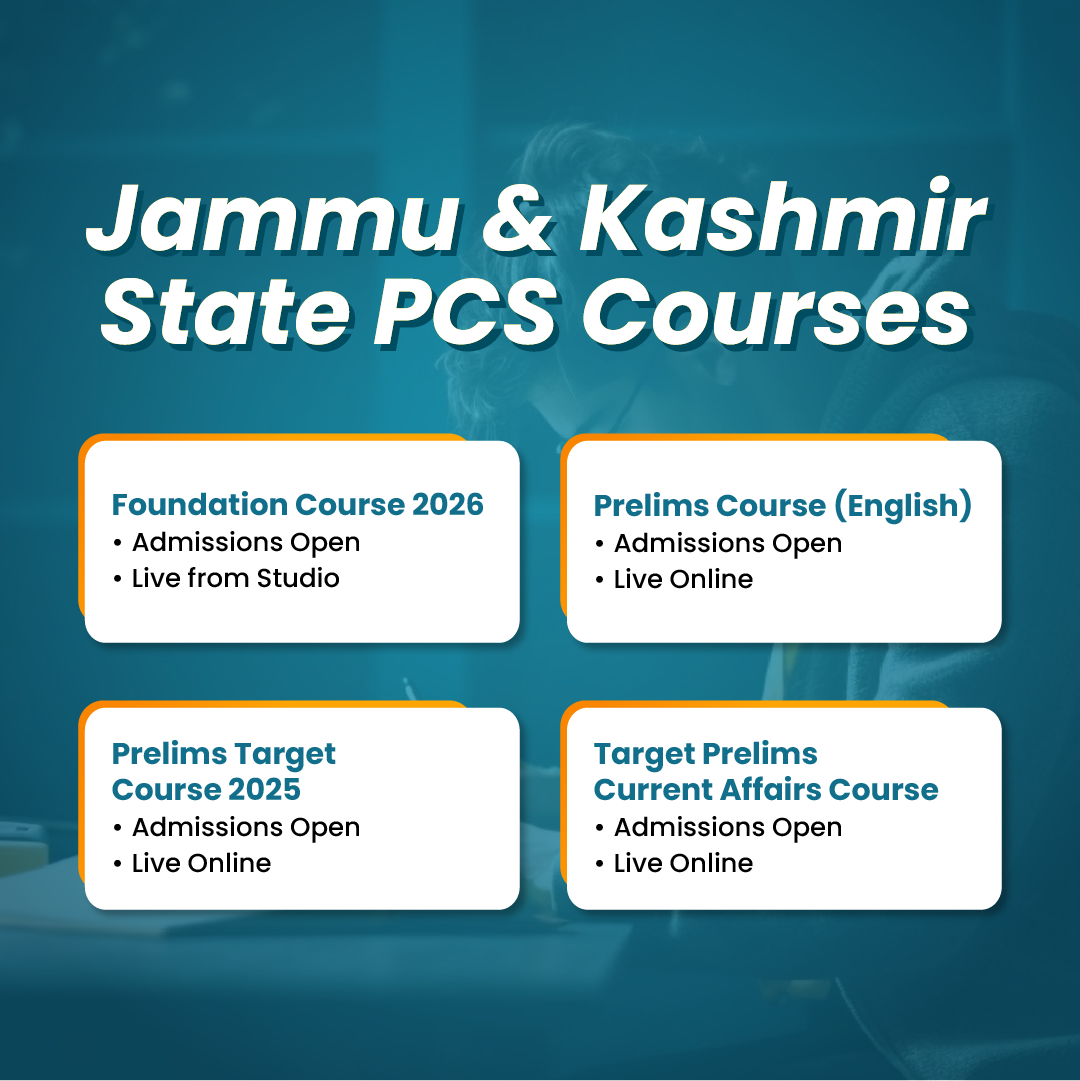

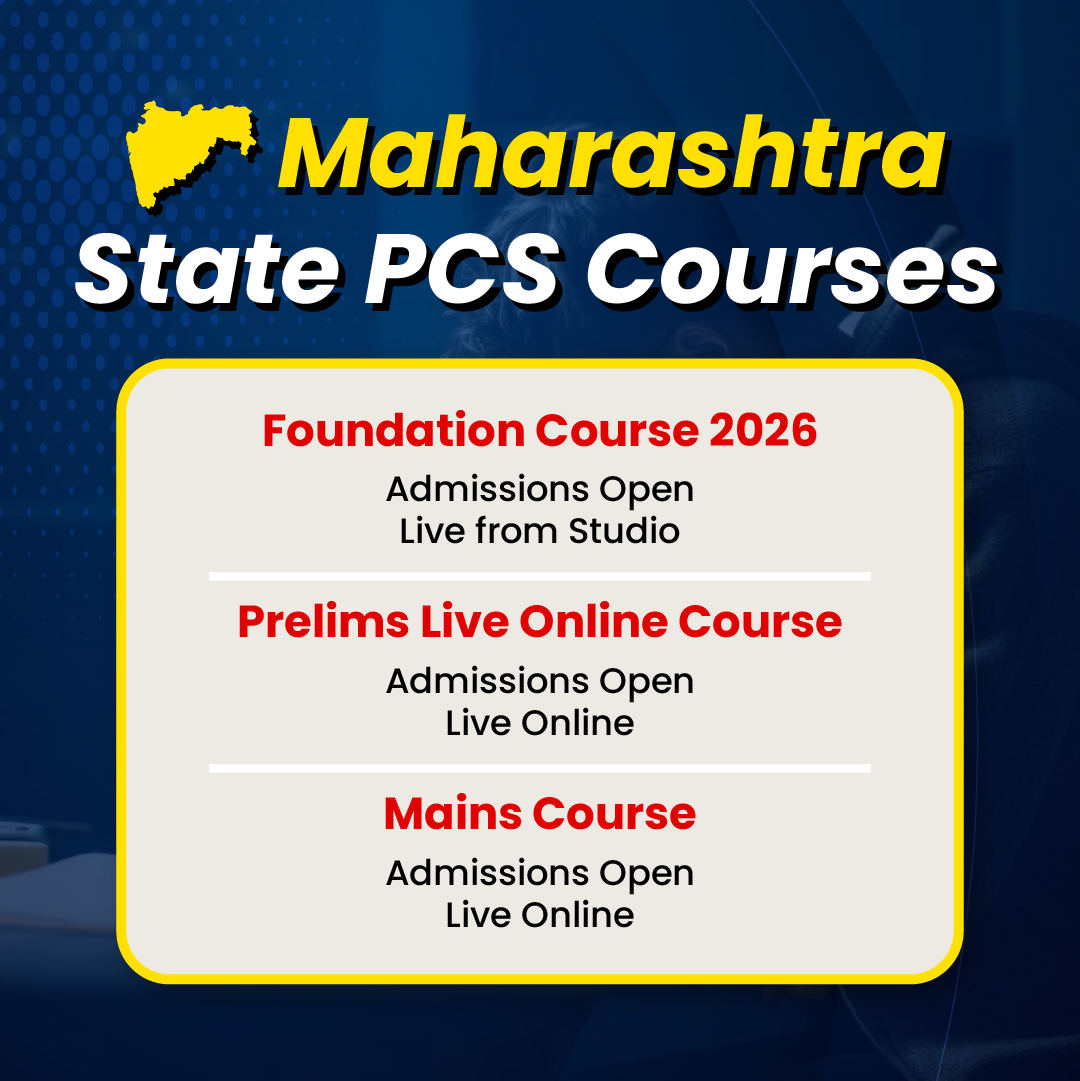

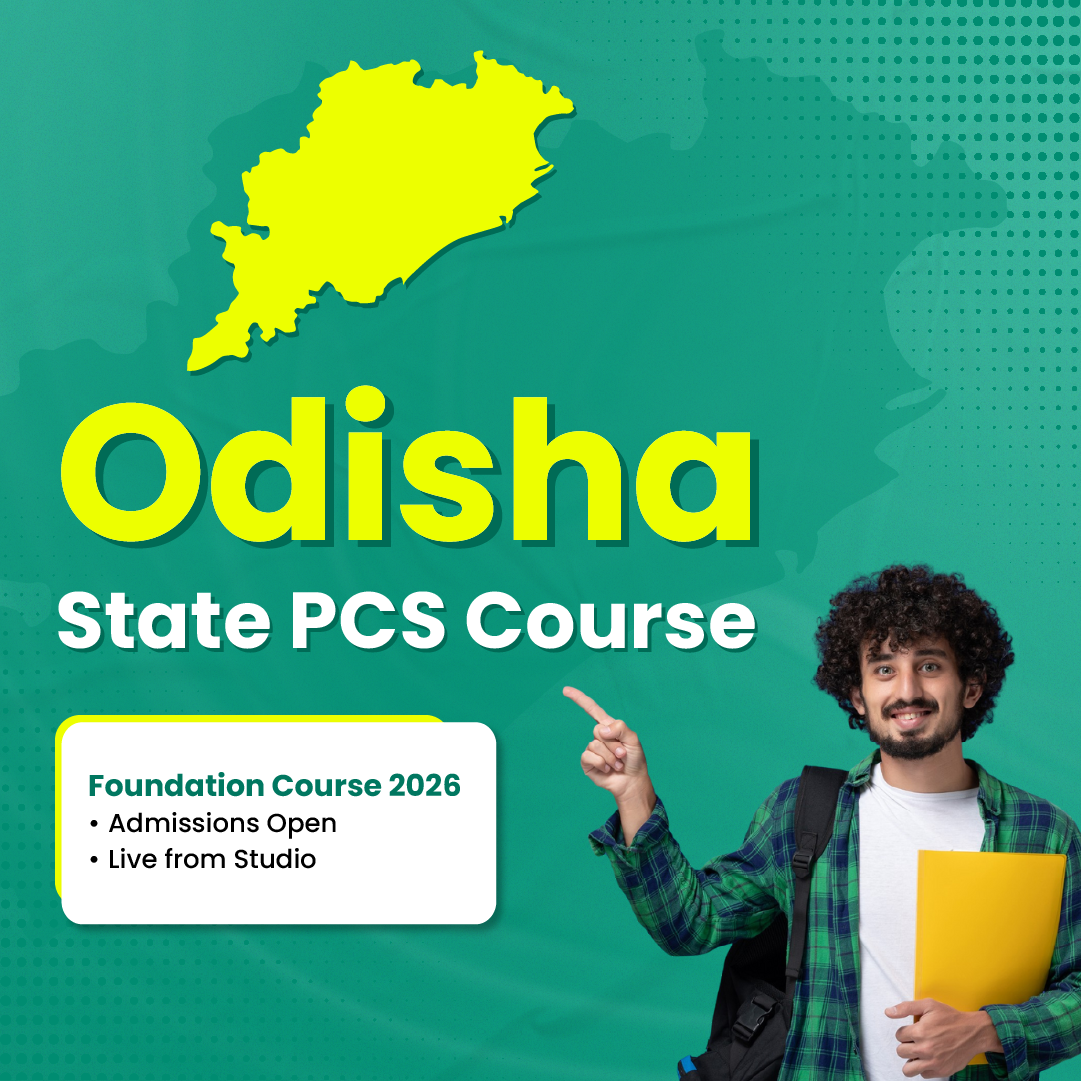



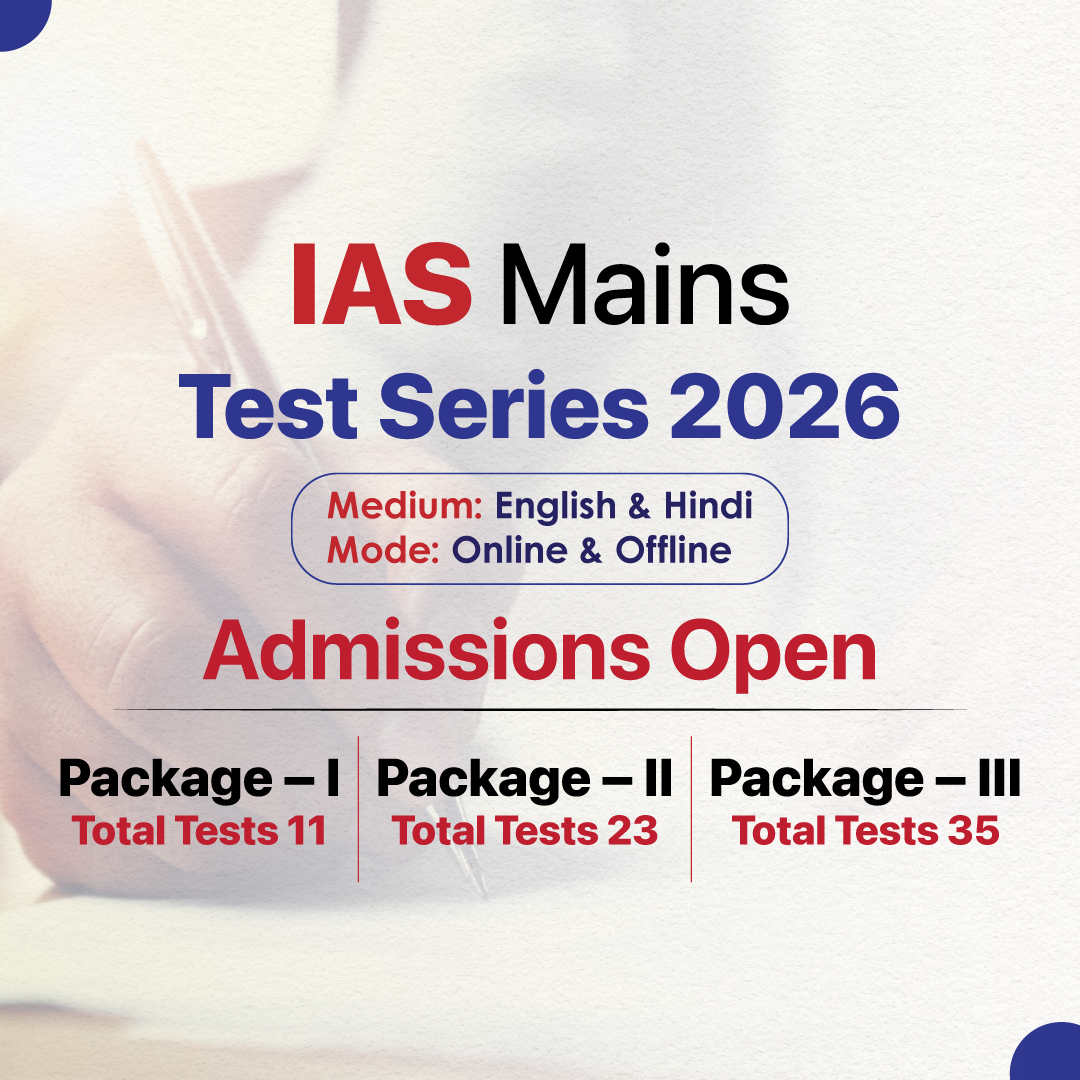




.png)
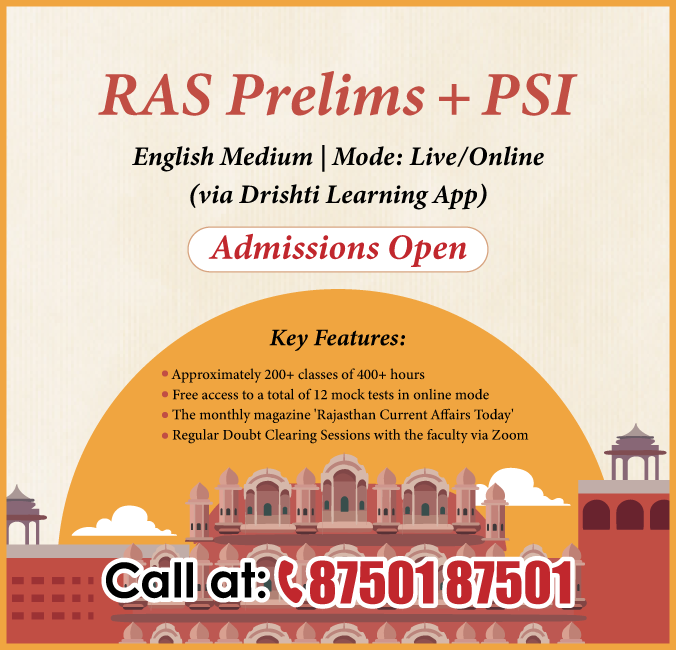

.jpg)

 PCS Parikshan
PCS Parikshan